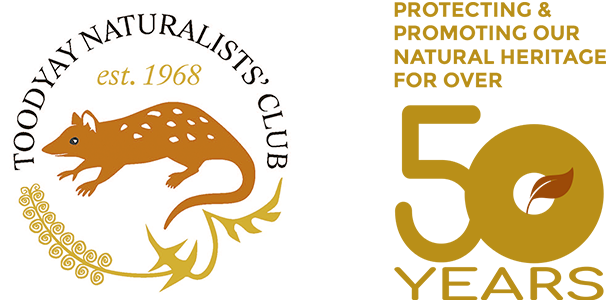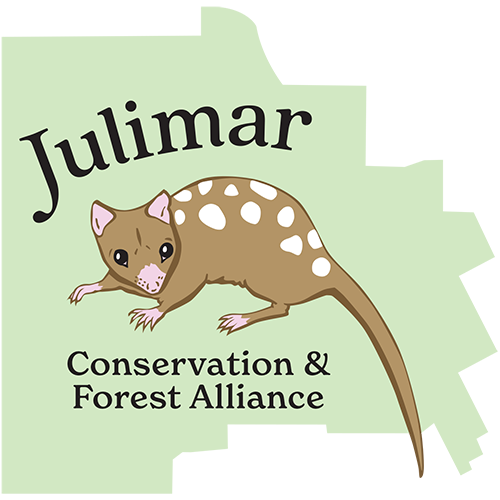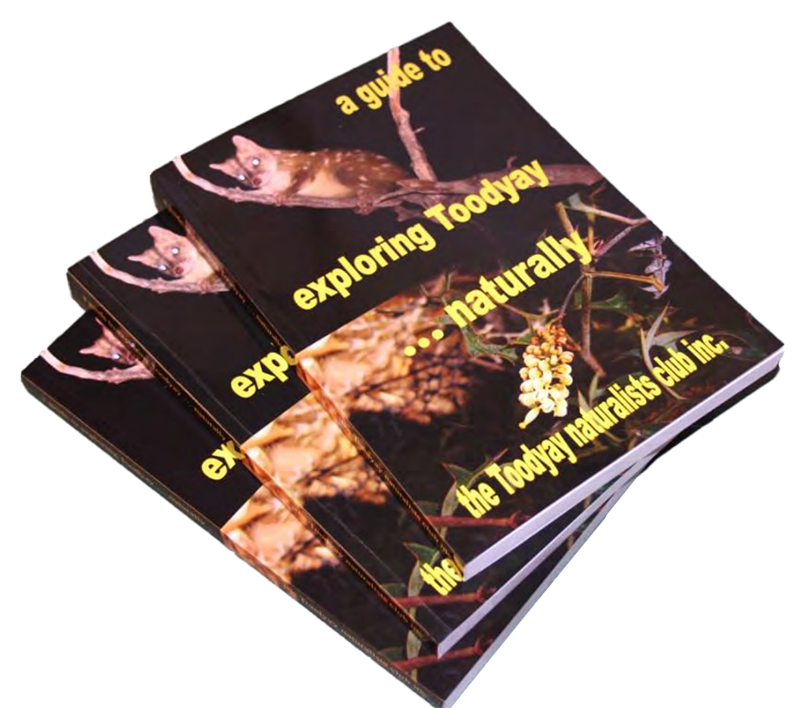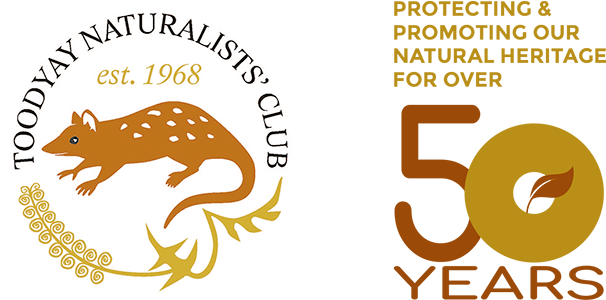The Masked Owl is not a common species around our Shire. However, it has been observed in the Majestic Heights area and is known to occupy similar territory across the Shire in open farmland with large trees, woodlands and timbered watercourses with paperbark woodland being a preferred habitat. It is rarely found in heavy foliage as it requires open areas in which to collect the sound of movement of prey.
The female Masked Owl is up to 50cms and larger than the male bird that measures up to 45cms. This species takes prey the size of a rabbit. It has a heart-shaped fascial disc made of tiny, fine feathers. The disc serves as a ‘sound dish’ to boost its acute hearing when searching for prey.
The call of the Masked Owl has similarities to that of the Barn Owl. The call of both species is a loud, drawn-out rasping screech, often in flight. Both species have comparable hunting habits by flying low to the ground. These features make correct identification difficult unless the bird has been photographed.
The markings of the male and female bird are similar with the male slightly paler. There are three phases of plumage. In general, it has light dusky upperparts with a tawny wash, speckled white and dotted with grey. Flight feathers are barred a dull, dusky grey with tail feathers having up to seven dark-grey bars. The facial disc is tawny to white and black-bordered with a patch of chestnut around the front of the eye and dark colouring around the eye. Underparts are a tawny-ochre with extensive dusky spots.
It has fully feathered legs and large, powerful dark grey claws. The bill is bone-white and the cere, the bare, fleshy structure at the base of the upper beak containing the nostrils, is flesh-white.
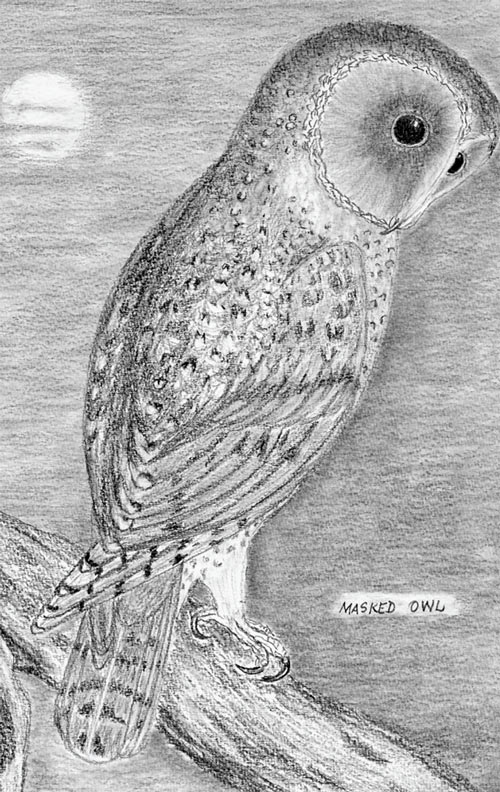
Masked Owl, Drawing by Desraé Clarke.
The Toodyay Naturalists’ Club welcomes sightings and observations of flora, fauna and all areas of natural history. To add your sightings, email secretary@toodyaynats.org.au or submit a sighting via our online form.
